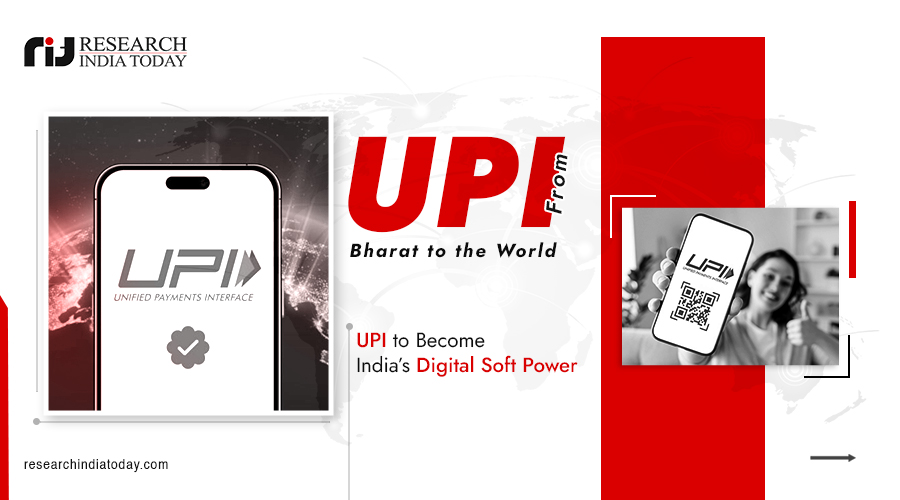
Since the launch of the UPI service in India in 2016, payments have become hassle-free. In less than 10 years, this unassuming digital framework has gone global from Bhutan to the UAE, from France to Singapore. This isn’t just about scanning codes or tapping screens, but more about India offering its digital backbone to the world and now positioning digital finance as geopolitical currency.
The concept of UPI as soft power represents India’s digital leadership for global influence building. UPI now handles more than 13 billion monthly transactions and has extended to foreign countries. Let’s dive into UPI’s journey - from its Indian roots to becoming a global fintech model shaping digital diplomacy.
Before earning worldwide credibility, UPI started as a game-changing solution in India’s digital journey. Its low cost, simplicity and broad reach expanded its footprint countrywide. Post-COVID, UPI's adoption soared, becoming the nation’s top payment method. Today, UPI has become a global fintech benchmark.
National Payments Corporation of India (NPCI) introduces UPI to simplify and digitise peer-to-peer banking.
UPI enters the daily life of smartphone users with BHIM, PhonePe and Google Pay onboard.
Local vendors to e-commerce giants begin accepting UPI. Retail adoption explodes.
COVID-19 accelerates the digital shift. UPI usage multiplies due to contactless preferences.
Driven by Aadhaar, Jan Dhan and mobile networks, UPI scales to rural India.
Countries like Singapore, UAE, France, and Bhutan adopt or collaborate on UPI frameworks.
UPI becomes India’s most-used digital payment method due to being a trusted digital payment system and speed.
India’s UPI goes international beyond just transactions; it stands as a symbol of trust and digital inclusion. From Southeast Asia to the Middle East and Europe, countries are adopting UPI systems. Here’s a quick look at where UPI is already functioning and continuing to grow.
As UPI expands beyond Asia, India is deepening digital ties with Africa and Latin America. From boosting remittances to offering tech partnerships, India’s digital public infrastructure, led by UPI, is becoming a key bridge to boost financial inclusion across borders, tech diplomacy and cross-border innovation. This section explores how India’s fintech model is shaping new collaborations across continents.
NPCI and African bank alliance
Digital Public Infrastructure (DPI) Diplomacy
UPI Integration Pilots
Remittance Market Focus
Initial Engagements with Brazil & Mexico
Interest in Interoperability & Open Source Framework
India-LAC Fintech Dialogues
Tech Diplomacy: Exporting India Stack
Driven by self-developed digital solutions, UPI has evolved into a bridge connecting global economies. Going further than just enabling payments, UPI reflects India’s position as a trusted tech partner who delivers trust, transparency, and scalable digital solutions.
Nations across Asia, Europe, Africa, and Latin America are deploying UPI-based frameworks. By exporting code over commodities, India is forging partnerships through the open-source infrastructure of UPI as a symbol of digital sovereignty and a model for global Digital Public Infrastructure (DPI).